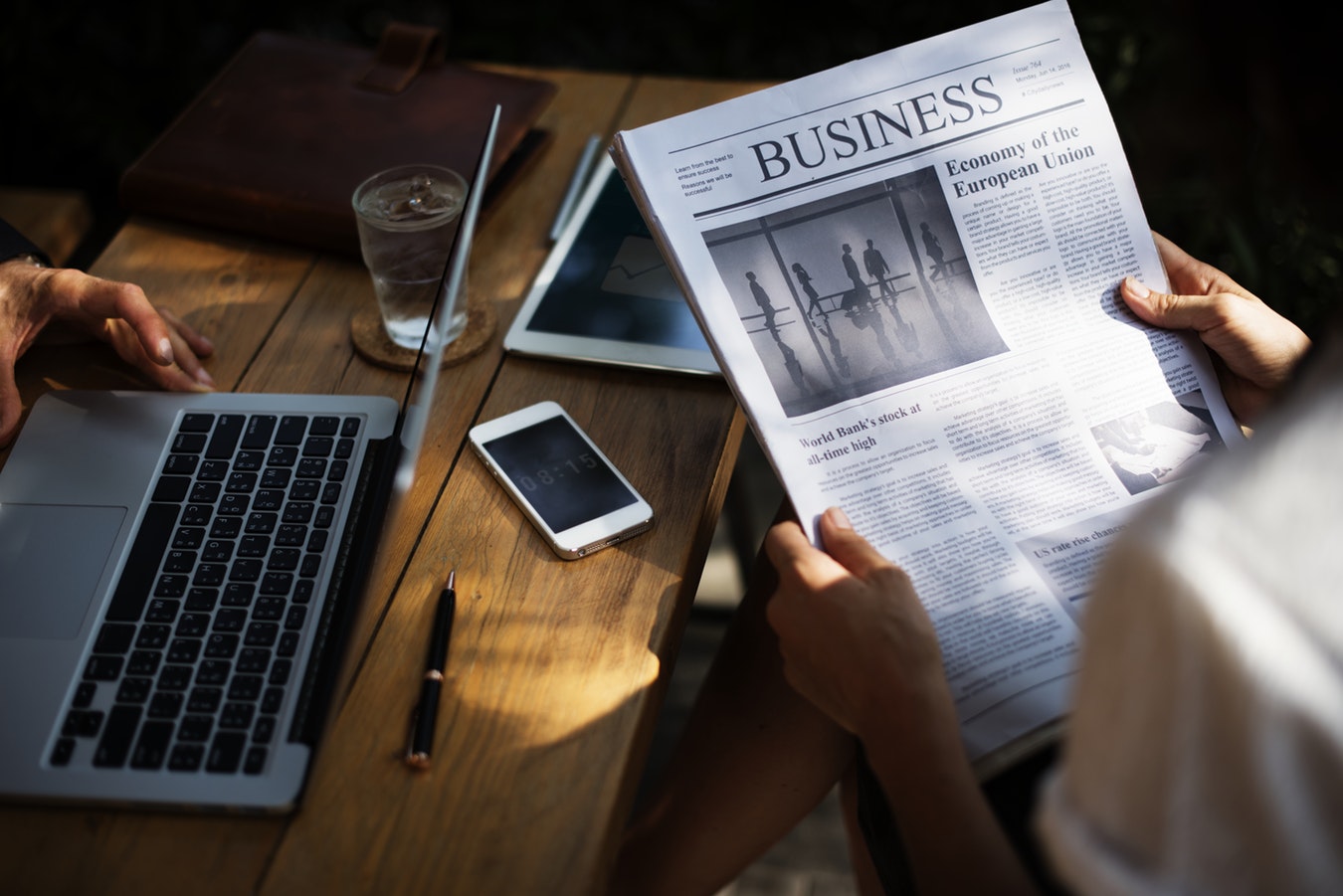Insurance is one of those industries where people have a lot to say. The challenge? Not everything you read online is true. Just like any other hot topic, fake news in insurance spreads quickly on social media, blogs, and even WhatsApp groups. Some of it is harmless, but sometimes it can mislead people into making poor financial decisions.
The good news? With a little know-how, you can spot the difference between fact and fiction.
RELATED: COMMON INSURANCE TERMS EXPLAINED
Spotting Fake News in Insurance: Red Flags to Watch For
Fake news is basically information presented as truth, but designed to mislead or manipulate. In insurance, this could look like:
- Allegations about how “all insurers deny every claim” (not true)
- Fake updates about new laws or rules that don’t exist
- Overly dramatic headlines meant to scare you into buying something.
When reading anything insurance-related, ask yourself: Does this sound a little too shocking to be true? If the answer is yes, dig deeper.
Check the Source: Reliable vs Risky
Not all sources are equal. Reputable insurers, consumer watchdogs, and trusted financial sites are far more reliable than random blogs or viral posts. If you’re unsure, ask:
- Who published this content?
- Do they have expertise in insurance?
- Is the same information available on other trustworthy sites?
Insurance is full of jargon, but credible sources explain things clearly and factually instead of pushing fear or drama.
Avoiding Fake News on Social Media
Social media is where fake insurance news thrives.
To protect yourself:
- Pause before sharing. If it sounds shocking or unbelievable, check it first.
- Look for original sources. Memes and screenshots are the most common culprits for misinformation.
- Engage wisely. Often, people point out errors or scams in comment sections or reviews.
Fact-Checking Tools That Actually Work
You don’t need to be an investigator to confirm what’s real. These websites make it simple.
- FactCheck.org: A long-standing site that debunks rumours and hoaxes.
- Hoax-Slayer: Great for spotting viral scams.
- FactualSearch.news: Lets you search only highly factual sources.
Bookmark them and use them whenever you feel that “wait, what?” moment.
Deepfake AI and Misinformation
One of the latest threats is deepfake AI, which can create convincing fake videos or audio clips. Imagine a fake video of an “expert” saying your car warranty is invalid, or a made-up announcement about insurance law changes. These fakes can be tricky to spot, but they usually spread quickly through social channels before being debunked.
The best defence? Always double-check with a trusted insurer before believing what you see.
Stay Smart, Stay Covered
Fake news is no longer just about politics or celebrity gossip, it’s also creeping into industries like insurance.
At dotsure.co.za, we believe in transparency and keeping things simple. If you’ve got questions about insurance and want facts you can trust, contact us today!



